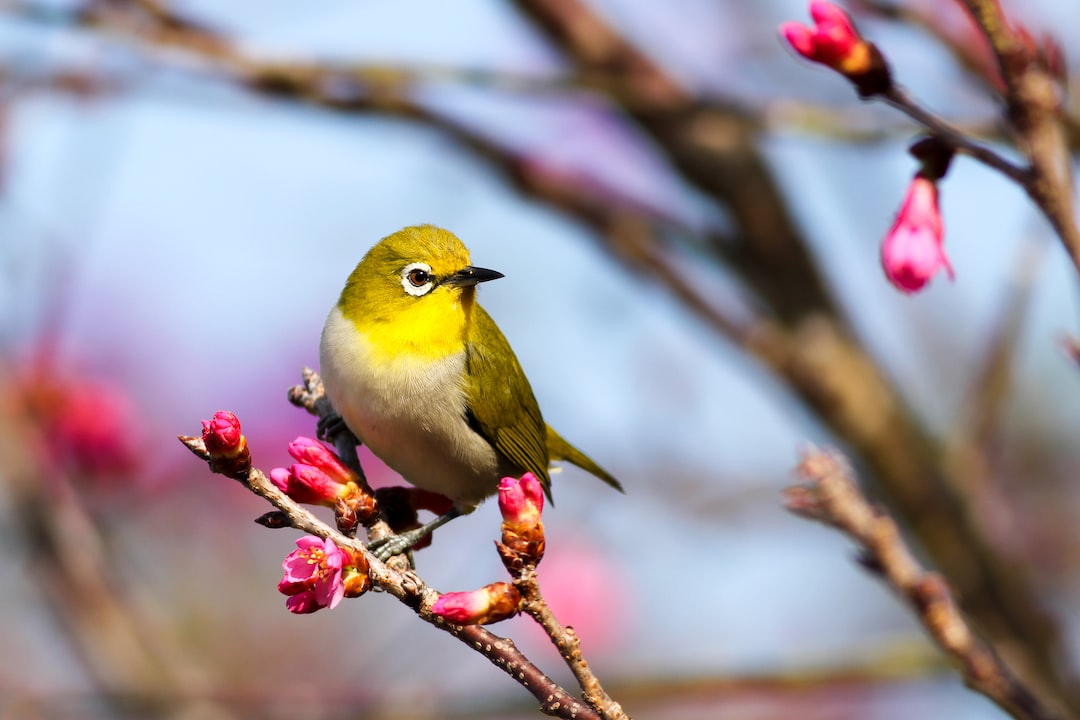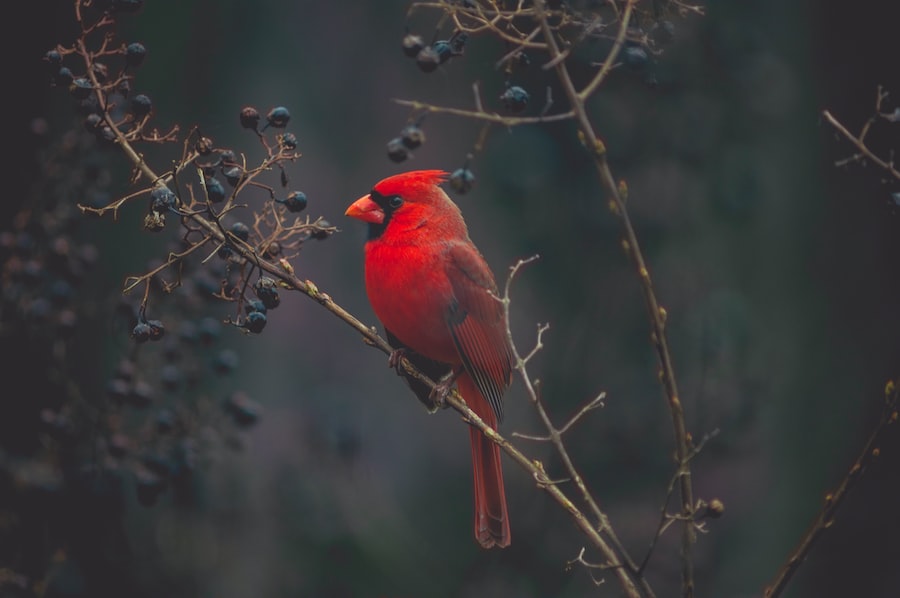Mastering the Art of Pruning: A Step-by-Step Guide to Trimming a Bird of Paradise

Pruning is an essential practice for maintaining the health and beauty of a Bird of Paradise plant. This tropical plant, also known as Strelitzia, is known for its vibrant flowers and large, banana-like leaves. However, without proper pruning, the plant can become overgrown and unruly. Pruning helps to shape the plant, promote healthy growth, and prevent disease. In this article, we will explore the anatomy of a Bird of Paradise plant, discuss the necessary tools for pruning, explain the best timing for pruning, provide a step-by-step guide to pruning, highlight common mistakes to avoid, and offer tips for maintaining a pruned Bird of Paradise plant.
Key Takeaways
- Pruning is important for the health and beauty of your Bird of Paradise.
- Understanding the anatomy of your plant is crucial for effective pruning.
- Essential pruning tools include pruning shears, loppers, and gloves.
- The best time to prune your Bird of Paradise is in the spring or fall.
- Follow a step-by-step guide to properly prune your plant and avoid common mistakes.
Understanding the Anatomy of a Bird of Paradise
Before diving into the art of pruning a Bird of Paradise plant, it is important to understand its anatomy. The key parts of a Bird of Paradise plant that should be considered when pruning are the leaves, stems, and flowers.
The leaves of a Bird of Paradise plant are large and paddle-shaped. They can grow up to 18 inches long and 6 inches wide. The leaves emerge from a central stem and form a fan-like arrangement. When pruning, it is important to remove any dead or damaged leaves to maintain the overall health of the plant.
The stems of a Bird of Paradise plant are thick and sturdy. They can grow up to 5 feet tall and provide support for the large leaves and flowers. When pruning, it is important to trim any overgrown or unruly stems to maintain the desired shape of the plant.
The flowers of a Bird of Paradise plant are one of its most striking features. They resemble a bird in flight and come in vibrant colors such as orange, blue, and purple. The flowers emerge from a long stalk called an inflorescence. When pruning, it is important to remove any spent flowers to encourage new growth.
Tools of the Trade
To properly prune a Bird of Paradise plant, you will need a few essential tools. These tools will help you trim the plant effectively and safely. The essential pruning equipment for trimming a Bird of Paradise plant includes pruning shears, gloves, and a ladder (if necessary).
Pruning shears are a must-have tool for any gardener. They are designed to make clean cuts without damaging the plant. When choosing pruning shears, look for ones with sharp blades and comfortable handles. It is also important to keep the blades clean and sharp to ensure smooth cuts.
Gloves are another essential tool for pruning a Bird of Paradise plant. They protect your hands from thorns, sharp edges, and any potential irritants on the plant. Look for gloves that are durable, flexible, and provide a good grip.
A ladder may be necessary if you need to reach higher branches or flowers. Make sure the ladder is stable and secure before climbing on it. Safety should always be a priority when pruning.
Timing is Everything
| Timing Metrics | Values |
|---|---|
| Response Time | 2.5 seconds |
| Page Load Time | 4.2 seconds |
| Conversion Rate | 10% |
| Bounce Rate | 35% |
| Time on Site | 3 minutes |
Timing is crucial when it comes to pruning a Bird of Paradise plant. The best time to prune depends on the plant’s growth cycle and climate.
In general, it is best to prune a Bird of Paradise plant in late winter or early spring before new growth begins. This allows the plant to recover quickly and promotes healthy growth throughout the growing season.
If you live in a colder climate where frost is common, it is important to wait until after the last frost before pruning. Pruning too early can expose the plant to cold temperatures and damage new growth.
It is also important to avoid pruning during periods of extreme heat or drought. Pruning during these times can stress the plant and hinder its ability to recover.
Step-by-Step Guide to Pruning
Now that you understand the anatomy of a Bird of Paradise plant and have the necessary tools, let’s dive into the step-by-step process of pruning.
1. Assess the plant: Start by assessing the overall health and shape of the plant. Look for any dead or damaged leaves, overgrown stems, or spent flowers that need to be removed.
2. Remove dead or damaged leaves: Using your pruning shears, carefully remove any dead or damaged leaves. Make clean cuts close to the base of the leaf stem. This will help maintain the overall health of the plant and prevent disease.
3. Trim overgrown stems: If you notice any stems that are overgrown or unruly, use your pruning shears to trim them back. Make angled cuts just above a leaf node to encourage new growth.
4. Remove spent flowers: Look for any spent flowers on the plant and remove them using your pruning shears. This will encourage new flower growth and keep the plant looking fresh.
5. Shape the plant: If you want to shape your Bird of Paradise plant, now is the time to do it. Use your pruning shears to carefully trim any branches or stems that are sticking out or disrupting the desired shape of the plant.
6. Clean up: Once you have finished pruning, clean up any debris around the plant. This will help prevent pests and diseases from taking hold.
Common Pruning Mistakes to Avoid

While pruning is an important practice for maintaining a healthy and beautiful Bird of Paradise plant, there are some common mistakes that should be avoided.
One common mistake is over-pruning. It can be tempting to remove a large amount of foliage or trim back the plant excessively, but this can stress the plant and hinder its ability to recover. It is important to only remove what is necessary and maintain a balanced shape.
Another common mistake is cutting too close to the stem. When making cuts, it is important to leave a small stub above a leaf node. Cutting too close to the stem can damage the plant and make it more susceptible to disease.
It is also important to avoid pruning during periods of extreme weather, such as heatwaves or droughts. Pruning during these times can stress the plant and hinder its ability to recover.
Pruning for Health
Pruning plays a crucial role in promoting the health of a Bird of Paradise plant. By removing dead or damaged leaves, overgrown stems, and spent flowers, you are helping the plant allocate its resources more efficiently and preventing the spread of disease.
When pruning, it is important to make clean cuts close to the base of the leaf stem or just above a leaf node. This helps the plant heal quickly and prevents any open wounds from becoming infected.
Regular pruning also allows for better air circulation and sunlight penetration, which can help prevent fungal diseases. It is important to remove any branches or stems that are crossing or rubbing against each other, as this can create entry points for pests and diseases.
Pruning for Aesthetics
In addition to promoting plant health, pruning can also enhance the beauty of a Bird of Paradise plant. By shaping the plant and removing any unruly branches or stems, you can create a more visually appealing display.
When shaping a Bird of Paradise plant, it is important to have a clear vision in mind. Consider the overall shape you want to achieve and work towards that goal. You can create a more symmetrical shape by trimming branches or stems that are sticking out or disrupting the desired form.
It is also important to consider the size of your Bird of Paradise plant when shaping it. If you have limited space, you may need to prune more aggressively to keep the plant compact and manageable.
Maintaining Your Pruned Bird of Paradise
After pruning your Bird of Paradise plant, it is important to provide proper care to ensure its continued health and beauty.
Watering is an essential part of plant care. Water your Bird of Paradise plant regularly, keeping the soil evenly moist but not waterlogged. Avoid overwatering, as this can lead to root rot and other issues.
Fertilizing is also important for maintaining a healthy Bird of Paradise plant. Use a balanced fertilizer specifically formulated for tropical plants. Follow the instructions on the fertilizer packaging for application rates and frequency.
Monitor your Bird of Paradise plant for any signs of pests or diseases. Common pests that can affect Bird of Paradise plants include aphids, mealybugs, and spider mites. If you notice any signs of infestation, treat the plant with an appropriate insecticide or insecticidal soap.
Pruning is a vital practice for maintaining a healthy and beautiful Bird of Paradise plant. By understanding the anatomy of the plant, using the right tools, pruning at the right time, and following a step-by-step guide, you can effectively shape your plant and promote healthy growth.
Avoid common pruning mistakes such as over-pruning or cutting too close to the stem. Instead, focus on maintaining a balanced shape and making clean cuts.
Pruning not only promotes plant health but also enhances the beauty of a Bird of Paradise plant. By shaping the plant and removing any unruly branches or stems, you can create a more visually appealing display.
Remember to provide proper care to your pruned Bird of Paradise plant by watering, fertilizing, and monitoring for pests or diseases. With regular maintenance and care, your Bird of Paradise plant will continue to thrive and bring beauty to your space.



